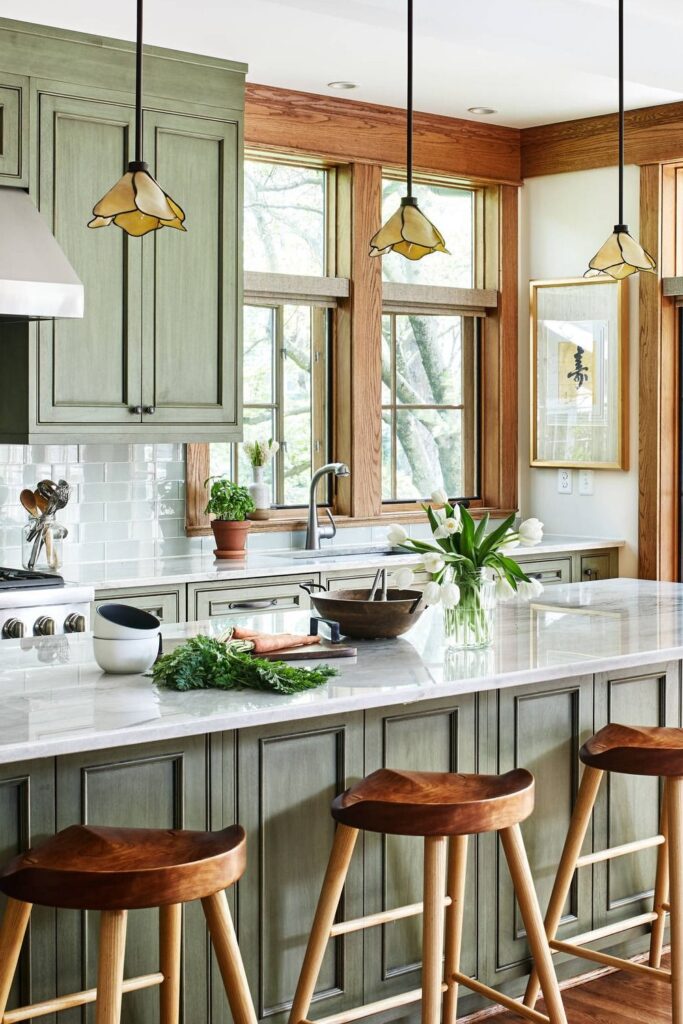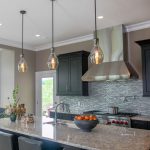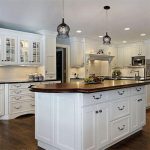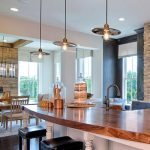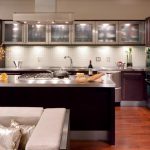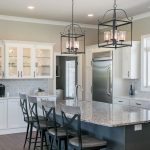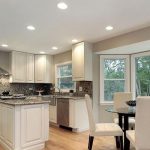When it comes to designing a kitchen, one of the most important factors to consider is lighting. Choosing the right lighting can not only enhance the ambiance of your kitchen but also make it more functional and practical. With a variety of lighting options available, it can be overwhelming to decide which one is best for your kitchen. Here are some tips and ideas to help you choose the right lighting for your kitchen.
1. Consider the different types of lighting: There are three main types of lighting that can be used in a kitchen: ambient, task, and accent lighting. Ambient lighting provides overall illumination for the room, while task lighting is focused on specific work areas such as the countertops or sink. Accent lighting is used to highlight certain features in the kitchen, such as artwork or architectural details. By combining these different types of lighting, you can create a dynamic and well-lit space.
2. Determine the brightness level: The brightness of your kitchen lighting can have a huge impact on the overall feel of the space. To ensure that your kitchen is well-lit, it is important to choose the right level of brightness for each type of lighting. For ambient lighting, you may want to consider using overhead fixtures or recessed lighting with dimmer switches to adjust the brightness level. For task lighting, under cabinet lighting or pendant lights can provide the necessary illumination for cooking and food preparation.
3. Choose the right fixtures: When selecting lighting fixtures for your kitchen, consider both style and function. Pendant lights are a popular choice for over islands or dining areas, while track lighting can be used to illuminate countertops or other work areas. Under cabinet lighting is also a practical option for providing task lighting while keeping countertops free of shadows. When choosing fixtures, make sure they complement the overall design of your kitchen and provide the right amount of light for the space.
4. Opt for energy-efficient options: In addition to choosing the right type of lighting, it is also important to consider energy efficiency. LED lighting is a popular choice for kitchens as it is long-lasting and consumes less energy than traditional incandescent bulbs. LED bulbs also produce less heat, making them a safer option for kitchen lighting. By choosing energy-efficient lighting options, you can reduce your energy consumption and lower your electricity bills.
5. Consider the layout of your kitchen: The layout of your kitchen will also play a role in determining the best lighting options. If you have a large kitchen with multiple work areas, you may need a combination of overhead, task, and accent lighting to provide adequate illumination. If your kitchen is smaller, you may be able to get away with fewer fixtures or smaller light sources. Consider the flow of the space and where lighting is needed most to determine the best placement for your fixtures.
In conclusion, choosing the right lighting for your kitchen is essential for creating a functional and stylish space. By considering the different types of lighting, brightness levels, fixtures, energy efficiency, and layout of your kitchen, you can create a well-lit and inviting space for cooking and entertaining. With these tips and ideas in mind, you can make informed decisions about the lighting in your kitchen and create a space that meets your needs and reflects your personal style.
 goodworksfurniture Decoration and home design ideas
goodworksfurniture Decoration and home design ideas

